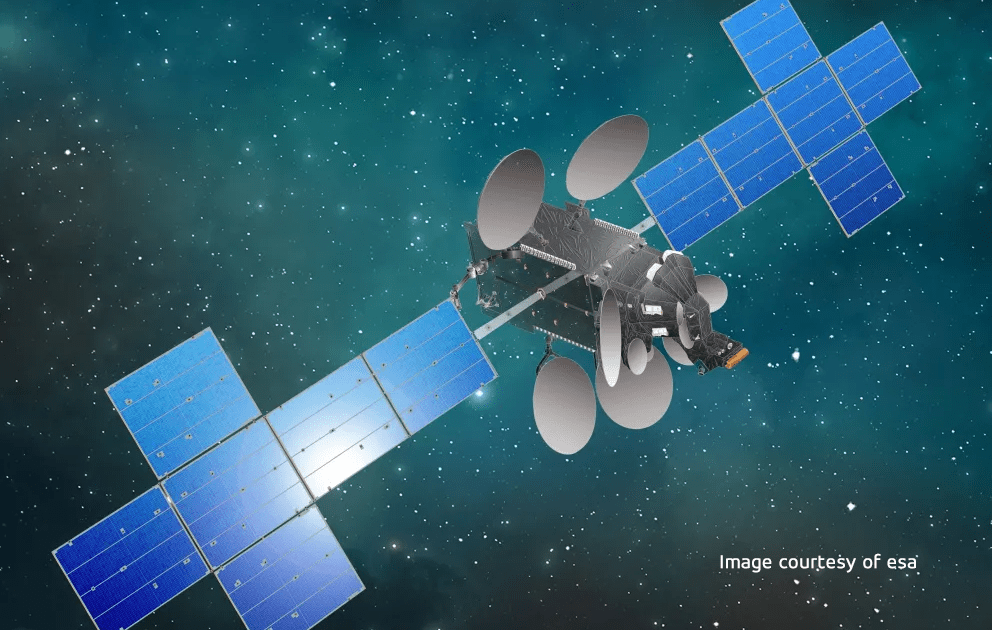Successful launch of the Star One D2 Satellite

At the end of July, the European rocket Ariane 5 was successfully launched, carrying on board not only the Eutelsat Quantum but also the Brazilian telecommunications satellite Star One D2. The liftoff took place from the European Space Center in Kourou, French Guiana.
Star One D2 is a high-capacity, multi-mission satellite developed by Maxar Technologies and operated by Embratel, the largest satellite operator in Brazil and Latin America.
The D2 satellite is equipped with C-, Ku-, Ka-, and X-band payloads, to provide highspeed broadband, television broadcast, and telecommunications services across South America, Mexico, Central America, and areas of the Atlantic Ocean. It is designed to give service for 15 years and is based on the GEO communications and remote sensing platform, the SSL 1300 bus, which can support a broad range of applications and technology advances.
Star One D2, with 19.3 KW of power and weighing 7 tons, complements Embratel’s fleet, which has five other satellites in geostationary orbit (Star One D1, C1, C2, C3, and C4).
Once launched, to ensure that the satellite is operational for the established time, GMV has drawn on its proven experience in satellite control, developing the control centre of Star One D2 and updating with key technology the software of the fleet.
The new ground software includes GMV's inhouse products Hifly® for real-time command and telemetry processing system, the flight dynamics system based on FocusSuite, for providing information of the system's status, FleetDashboard, and CentralLog for collecting events from the involved subsystems.